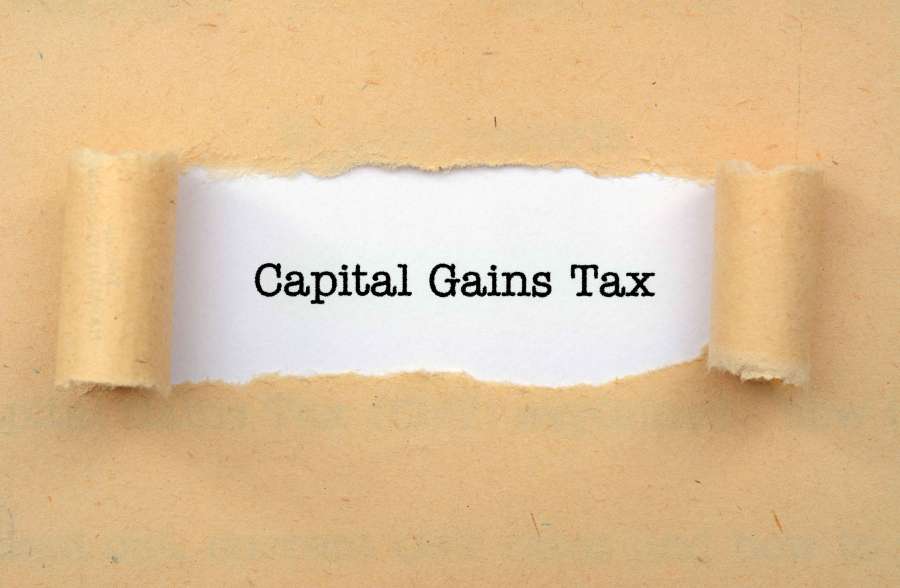IHT, in its current form, has existed for 40 years with only minor tweaks. Our predictions included changes to Business Property Relief (BPR) and Agricultural Property Relief (APR) and the removal of IHT relief for AIM investments.
In addition, we speculated that perhaps lifetime gifting allowances would be capped with increased survivorship periods from 7 years to 10, but the changes were milder than anticipated!
The standard Nil Rate Band of £325,000 and Residence Nil Rate Band of £175,000 remains untouched which means for a married couple with children and property to leave will still benefit from £1 million combined IHT threshold although those thresholds will remain frozen until 2030.
From April 2026, BPR and APR will now be capped at £1million, whereas previously, they could extend to the full value of the business or farm and were assessed on a case-by-case basis.
Anything over the £1 million cap will now be taxed at 50%, giving an effective tax rate of 20%.
Many businesses and farms exceed £1 million in value, and therefore, careful lifetime planning will be required so that those assets do not have to be sold or broken up to pay IHT.
AIM investments were a popular IHT planning tool for those with taxable estates who were unlikely to survive 7 years if they made a gift.
However, individuals are only required to hold the asset for 2 years to qualify for 100% IHT relief, which has now been reduced to 50% with no £1 million allowance.
No changes have been announced for trusts.
Despite being used more for asset protection than IHT saving in recent years, trusts still have their place and can assist with generational wealth planning, given that caps have not been introduced to lifetime gifting.
Using multiple trusts can still be advantageous, as each trust will still have its own Nil Rate Band if set up on different days.
Pensions previously fell outside of an individual’s estate on death, which was an effective way of passing assets to the family, but they will be included for IHT purposes from April 2027.







